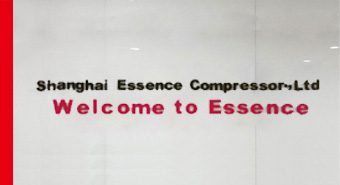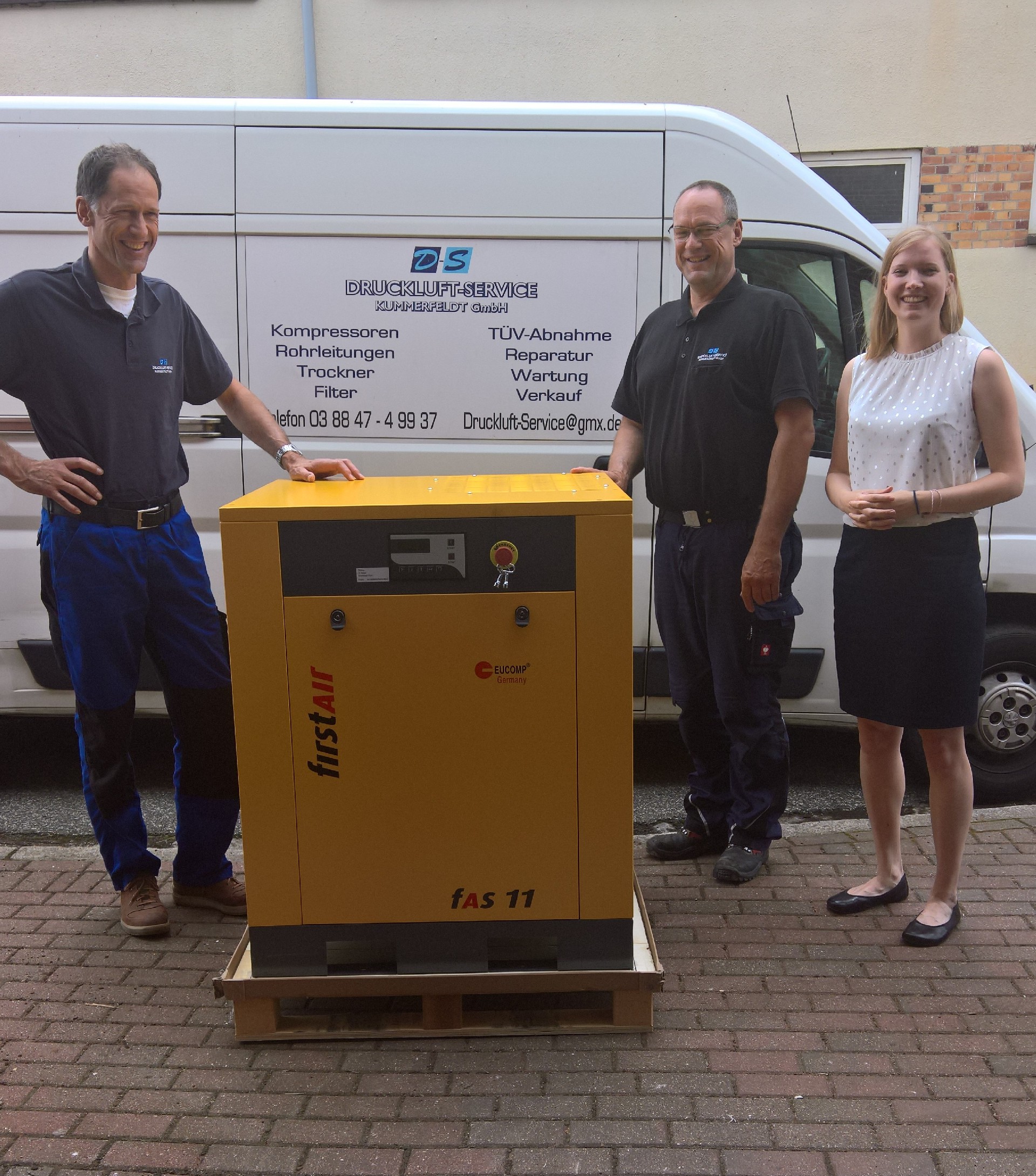 Current location:Home >> Frequently asked questions
Current location:Home >> Frequently asked questions
Analysis of control direction of air compressor loading and unloading
1. Energy consumption analysis
Generally speaking, the loading and unloading control mode makes the pressure of compressed gas change between Pmin and Pmax. Pmin is the minimum pressure that can ensure the normal operation of users, also known as the minimum pressure value. The conversion relationship between Pmax and Pmin is as follows: Pmax = (1 + δ) Pmin (1), where the parameter δ is a percentage between 10% and 25%. When we use the frequency control technology to realize the continuous adjustment of air supply, then the pipe network pressure will always be kept near the minimum pressure value Pmin.
Through this information, we can know that compared with the air compressor controlled by frequency conversion system, the air compressor under the control of loading and unloading gas supply will generate energy waste in two parts:
(1) In the process of compressed air compressor, the pressure of compressed air exceeds the minimum pressure value, that is, the energy consumed by Pmin. When the pressure of compressed air reaches Pmin, the original control mode causes the pressure to continue to rise to Pmax. Then this process will release a lot of energy to the outside world, leading to a lot of energy loss.
When the gas higher than Pmin enters the pneumatic components, the pressure will drop to the position close to Pmin after the pressure is reduced by the pressure reducing valve. This process also consumes energy.
(2) Energy consumption due to incorrect pressure regulation during unloading
Generally speaking, when the pressure reaches the maximum pressure value Pmax, the air compressor mainly reduces pressure and unloads through the following method: close the air inlet valve to make the motor in idle state, and vent the excess compressed air in the separation tank at the same time. This method leads to a great deal of waste of compressed air and energy. Closing the air inlet valve to make the motor idle can make the air compressor no longer work, but the air compressor is still driving the screw to rotate under the idle state. In this way, the energy consumption of the air compressor during unloading accounts for about 15% - 20% of the full load operation of the air compressor. In short, the air compressor is in no-load state for 15% of the time, doing no work. Therefore, we know that when the air compressor is under the control of loading and unloading air supply, the air compressor motor has great energy saving potential.
2. Problems of intake valve and vent valve
(1) When the air inlet valve is adjusted mechanically, the air supply cannot be adjusted continuously. When the air consumption changes continuously, the air supply pressure will fluctuate greatly. In addition, the accuracy of gas consumption can not meet the process requirements. Then frequent adjustment of the intake valve will accelerate the wear of the intake valve, which will affect the quality of compressed air, increase the maintenance volume and cost.
(2) Frequent opening and closing of the air release valve will reduce the durability of the air release valve, and eventually affect the normal operation of the air compressor, resulting in loss of production.
Previous: Use and maintenance of air compressor Next: Working principle of compressor











